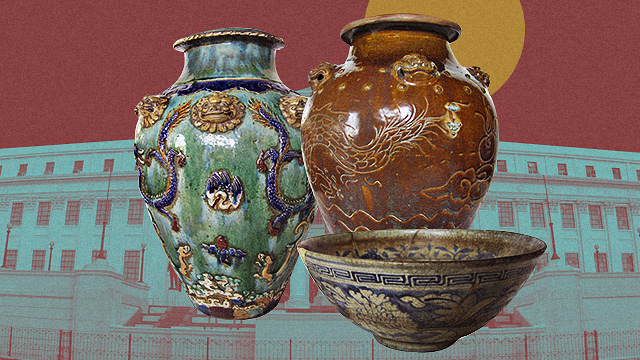
(SPOT.ph) The concept of shopping and "Add to Cart" is nothing new. Before our people started buying things with money, our forefathers were into bartering with foreign traders that arrived on our shores. Spices, local produce, gold, jewelry, and ceramics were transferred from one hand to another in the spirit of acquiring one-of-a-kind items. Part of this is a long local history that has to do with stoneware, which the National Museum of the Philippines hopes to highlight with a state-of-the-art stoneware repository.
The first of its kind in the Philippines, the soon-to-open Elizabeth Y. Gokongwei Ethnographic Stoneware Visible Storage and Resource Center will be on the fifth floor of the National Museum of Anthropology. It was made possible through a grant by the Gokongwei Brothers Foundation, which said in a statement that the project's aim is to "provide better access to the ethnographic stoneware collections through the establishment of a resource center and visible storage, development of special tours and educational activities, for educators, students, researchers and the general public."
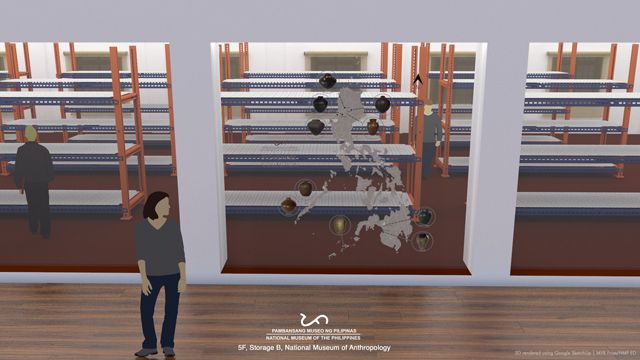
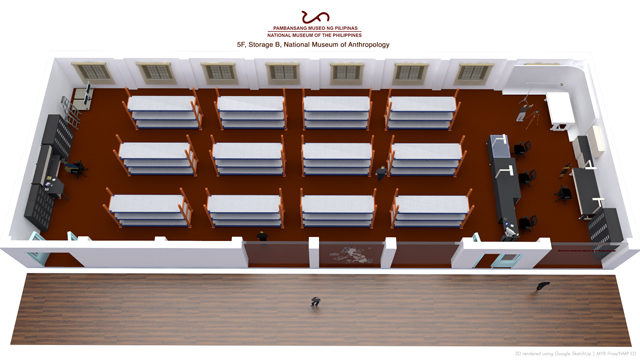
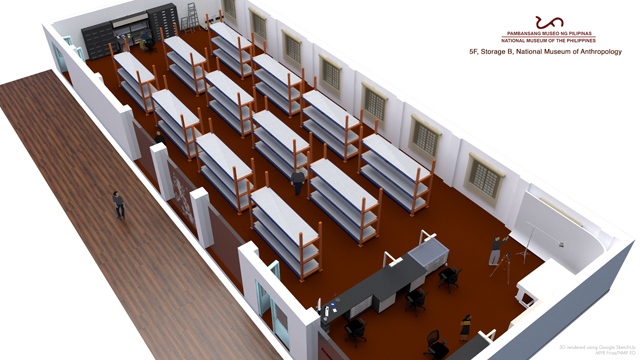
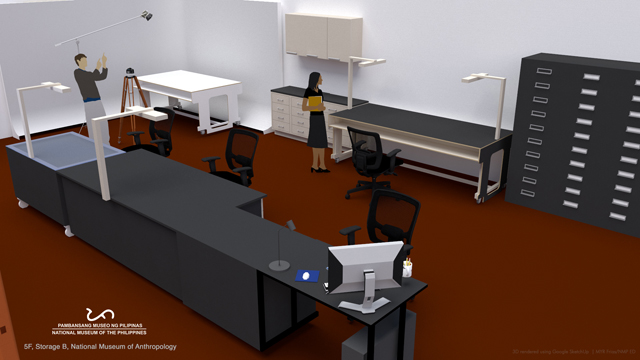
The resource center is set to display the National Museum's varied collection of 291 stoneware pieces, which are mostly high-fired and glazed. The artifacts are from the 15th to the 20th centuries, collected from different ethnolinguistic groups in the country, including the Ilokano, Ibaloy, Bontok, Ifugao and Gaddang communities in northern Luzon; Pala’wan and Tagbanua communities in Palawan, and Maguindanao, Maranao, and Tausug communities in southwestern Mindanao.
According to Senior Museum Researcher Jessica Marquinez, most of these artifacts are considered as heirloom pieces. "They collect them and give them to families or kin as gifts, or traded as part of the social status or social prestige. If a family or a household has a collection of different jars, it means that they are of high status in their community," she explained. Some items are also used as "pabaon," which our forefathers entombed with their deceased for an easier journey to the afterlife.
It's a colorful history that Deputy Director-General for Museums Dr. Ana Labrador hopes to tackle more when the Center opens. "I think with this Center, we can learn much more when people come in and do their research with us. There's a lot more to know about practices," she added. Other interesting questions to ask, according to her, are the designs and aesthetic that were preferred, what these items were traded with, and what other considerations were taken into account when they bought these objects.
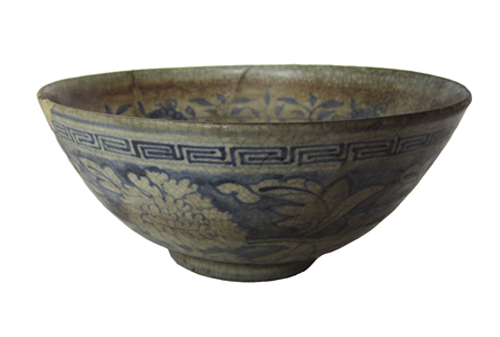
The archive will allow the National Museum to display the artifacts in all their glory, for people to actually see or, in some cases, touch them, says Labrador. Prior to the partnership, only 10% of the objects were displayed in the galleries. Some are in the different regional museums, while others are in shelves behind closed doors.

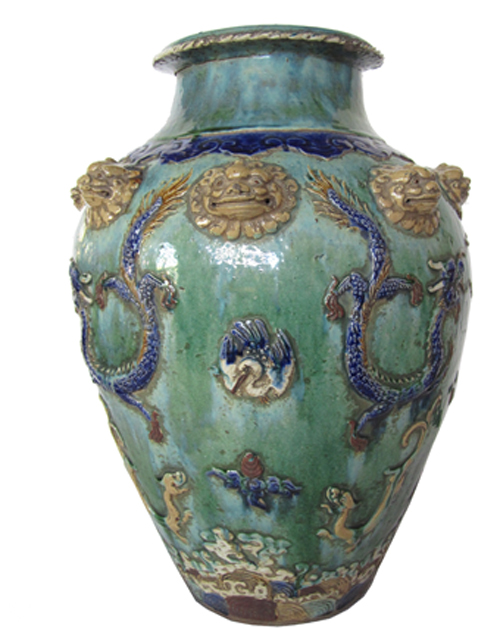
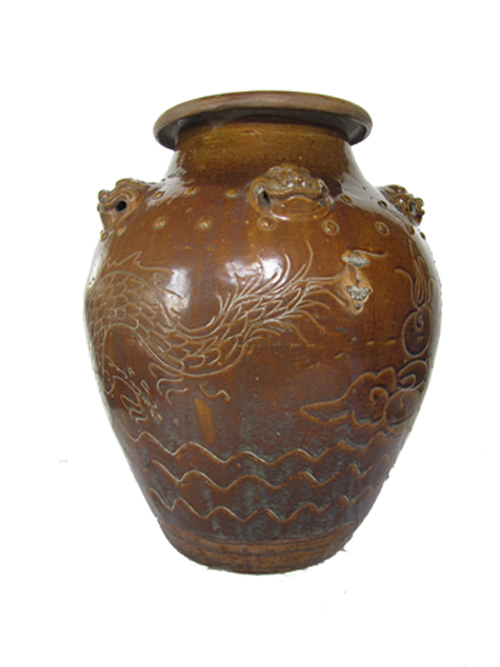
The National Museum also plans to organize what they call a "Site Challenge," which is a more hands-on approach at touring the exhibits. In the past, they organized fun tours with the Geology-Paleontology Division where people could actually touch fossils and rocks. A similar project can be created for the new center, since high-fired and glazed stoneware artifacts are not too sensitive.
If stoneware isn't something you'd typically go for when visiting a museum, this new section of the National Museum and its potential for interactive learning and exploring might just change your mind. Labrador adds, "We would like the past to become relevant to the present. That could help people understand where they're going in the future."
[ArticleReco:{"articles":["86659","86654","86647","86652"], "widget":"Hot Stories You Might Have Missed"}]
Hey, Spotters! Check us out on Viber to join our Community and subscribe to our Chatbot.
Source: Spot PH
No comments:
Post a Comment